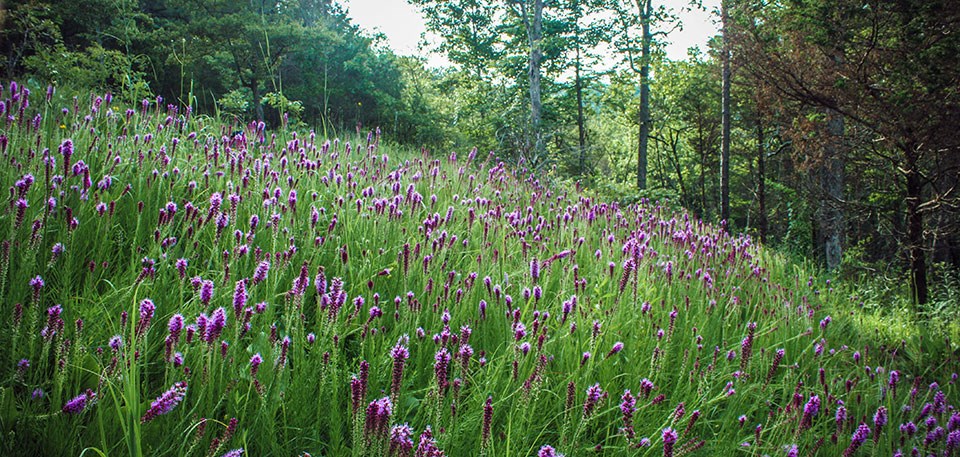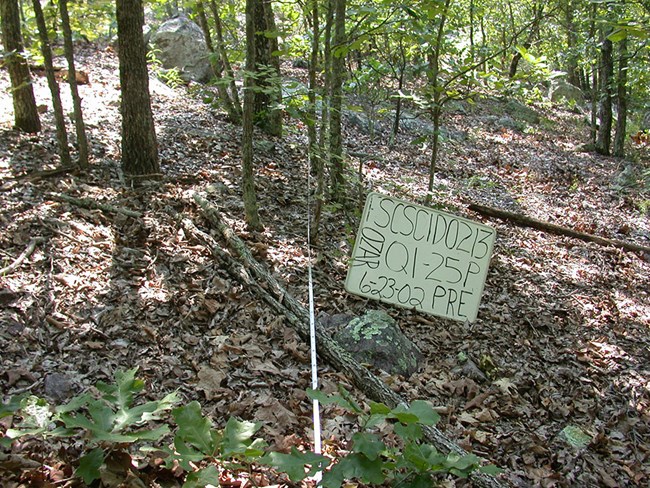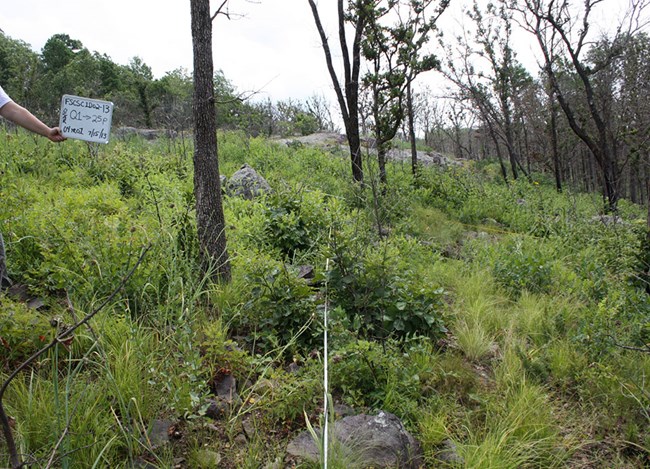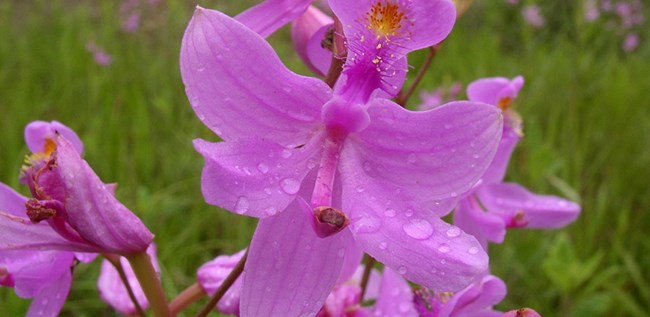Last updated: December 14, 2017
Article
Partnership for Prescribed Burning Provides Multiple Benefits at Ozark National Scenic Riverways

The Thorny Creek prescribed burn was conducted April 5-7, 2013, at Ozark National Scenic Riverways as a partnership effort that resulted in multiple benefits. This joint prescribed fire project was conducted with the Missouri Department of Conservation, encompassing neighboring lands administered by both agencies. It is a true measure of success when staff from six entities successfully join together to accomplish a common goal, as firefighters from Ozark National Scenic Riverways, Buffalo National River, Missouri Department of Conservation, The Nature Conservancy, AmeriCorps-St. Louis, and Winona Rural Fire Department conducted the prescribed burn together.
Originally the NPS had five prescribed burn units totaling 903 acres in the Thorny Creek area. Cooperation with the Missouri Department of Conservation consolidated these five units into one and increased the unit to 2,232 acres. This expansion greatly increased operational safety and efficiency by expanding the perimeter of the unit to the Current River and an existing road system. It also dramatically affected the financial efficiency of the project compared to previous years, reducing the average cost from $79.00 per acre to $5.00 per acre.

Ozark National Scenic Riverways preserves the unique natural and cultural resources of the Ozarks region. This burn was prescribed to reduce the threat of wildfire, which could affect historic or private structures adjacent to the unit.
Additionally, another purpose of the burn was to restore declining glade and woodland habitat, once common in the area, increasing the average number of grass and wildflower species in the glade habitat by at least 40 percent from preburn conditions. Monitoring data collected from seven plots widely scattered through the unit showed that glades averaged a 120 percent increase in native grass and wildflower species.

Another goal of the prescribed burn was to increase the average number of grass and wildflower species in the woodland habitat by at least 20 percent from preburn conditions. Data from eight additional plots indicate that woodlands averaged a 56 percent increase in native grass and wildflower species. All of these glade and woodland plots had received at least one prescribed burn, and some as many as three, prior to this year. Grass pink orchid (Calopogon tuberosus), found blooming on a dolomite glade in the Thorny Creek unit in June 2013, is an imperiled species in Missouri.
Increasing the diversity and abundance of native grasses and wildflowers typically serves as a desirable measure of success because these herbaceous plants are often shaded out when woody plants become overabundant. In the Ozarks, restoring the diversity and abundance of herbaceous plants typically increases wildlife diversity and abundance.
Prairie warblers, quail, and wild turkeys are among the bird species that show notable population increases associated with glade and woodland restoration. Many bird species benefit from glade and woodland restoration because the increase in herbaceous plant diversity and abundance promotes greater insect diversity and abundance, which has also led to an increased population of collared lizards on nearby Thorny Mountain. Expectations are high that collared lizards will soon colonize the restored glades in the Thorny Creek unit.

Herbaceous plants also serve as the primary forage for deer and the newly reintroduced herd of Missouri elk that has been released on land adjoining the Thorny Creek burn unit. Elk were historically the keystone grazers in Ozark glade and woodland habitat.
The park and its partners restore glades and woodlands to benefit many species that are currently declining, such as the beautiful grass pink orchid, while also restoring fuel levels to their historic norms. The success of this project was measurable in numerous ways, but the ultimate measure of success may be the discovery of a fire-benefitted species of which they are not yet aware. Although fire has been a formative process shaping Ozark biodiversity for millennia, staff are still humbled by what nature has to teach.
Contact: Dan Drees, fire ecologist
Email: e-mail us
Phone: (573) 323-8027
